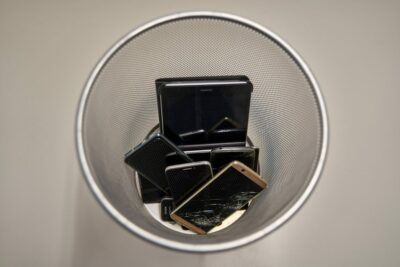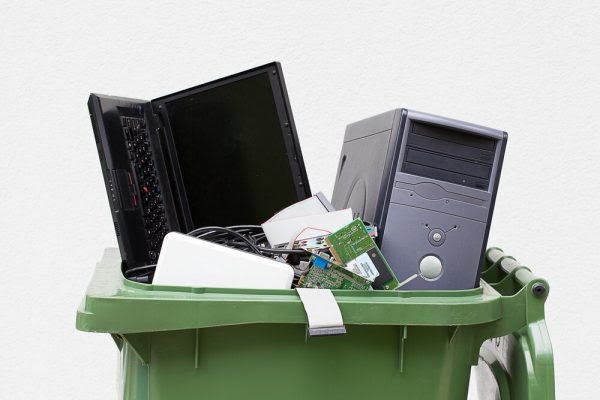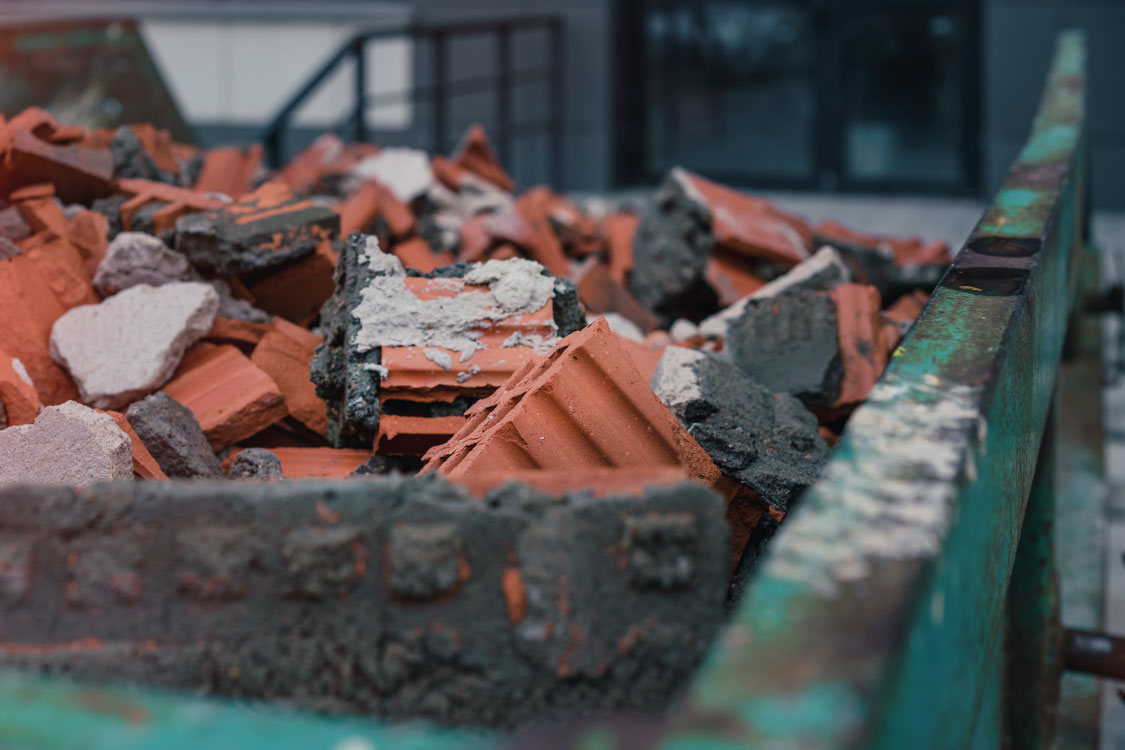
12 E-Waste Facts The Planet Needs You To Know
Did you know that every year, millions of metric tons of electronic waste is disposed of worldwide, with only a very small percentage of it being recycled properly? We’re here to help you discover the e-waste facts that the planet needs you to know and why it’s important that we all practise proper waste management.
Overview:
-
-
-
-
- Millions of metric tons of e-waste are disposed of yearly
- Only 17.4% of e-waste is currently recycled
- Most T.V.s/computers end up in landfill
- E-waste is responsible for 70% of toxic chemicals in landfill
- 98% of the components in your computer or television can be fully recycled
- Electronic rubbish is growing at 3x the rate of any other waste
- Many major retailers will accept e-waste for recycling
- Recycling e-waste can save energy
- Unrecycled e-waste led to $57 billion lost in raw materials
- Recycling is good for the economy
- E-Waste also contains a lot of gold and silver
- Today’s adults don’t understand e-waste
-
-
-
12 e-waste facts the planet needs you to know
1. Millions of metric tons of e-waste are disposed of yearly
Every year, the world generates between 20 and 50 million metric tonnes of e-waste. This staggering amount of waste includes everything from discarded smartphones and tablets to old televisions and refrigerators, which can release toxic chemicals into the environment.
2. Only 17.4% of e-waste is currently recycled
Despite the fact that we generate between 20 and 50 million metric tons of electronic waste each year, only 17.4% of it is currently being recycled. This means that the majority of e-waste is ending up in landfills or being illegally dumped, where it can pose a serious threat to the environment. The low recycling rate is due to the difficulty of recycling electronic devices, as well as the lack of awareness in many parts of the world.
Read our guide: how to dispose of electrical appliances
3. Most televisions/computers end up in landfill
In Australia, 88% of the 4 million computers and 3 million TVs purchased each year will end up in a landfill. This is a massive amount of e-waste that could be recycled instead. This is not only an enormous amount of waste but also a significant loss of resources that could have been salvaged and reused.
Above statistics sourced from ABC News
4. E-Waste is responsible for 70% of toxic chemicals in landfill
E-waste is responsible for 70% of the toxic chemicals found in landfill, including lead, cadmium and mercury. These chemicals can cause severe health and environmental problems if not disposed of properly and pose a massive threat to our planet’s future.
5. 98% of the components in your computer or television can be fully recycled
It may come as a surprise, but 98% of the components in your computer or television can be fully recycled. These electronic devices contain a wide range of materials and with the right recycling techniques, most of these materials can be recovered and reused. Moreover, by recycling e-waste, we can reduce the need for raw materials, which helps to reduce the environmental impact of mining and manufacturing.
6. Electronic rubbish is growing at 3x the rate of any other waste
E-waste is the fastest growing type of waste, which is a huge issue. The rapid growth of e-waste is largely due to the increasing demand for electronic devices and the rapid pace of technological advancements. As consumers, we tend to upgrade our devices frequently, leading to a massive accumulation of e-waste.
Above statistics sourced from Clean Up Australia
7. Many major retailers will accept e-waste for recycling
Many major retailers now accept e-waste for recycling, making it easier for consumers to dispose of their electronic devices responsibly. Retailers such as Officeworks, Apple and Telstra are using their locations to help the community practise good waste management.
8. Recycling e-waste can save energy
Recycling e-waste can save a significant amount of energy. In fact, recycling just one computer can save enough energy to power a light bulb for 4 hours while recycling 1 million laptops can save enough energy to power 3,657 homes for a year.
Above statistic sourced from A Tech Recyclers
9. Unrecycled e-waste led to $57 billion lost in raw materials
In 2019, unrecycled e-waste led to an unrecoverable $57 billion in raw materials. This is a significant loss of valuable resources that could have been recovered through proper e-waste recycling.
Above statistic sourced from Waste Management World
10. Recycling is good for the economy
Recycling computers, televisions and all kinds of other e-waste creates new jobs each year for the local community. The more demand there is around e-waste recycling methods, the more jobs that can be developed around the disposal of e-waste.
11. E-Waste also contains a lot of gold and silver
Electronic devices also contain a significant amount of gold and silver. Recycling this e-waste can recover these valuable resources and reduce the need for new resource extraction.
12. Today’s adults don’t understand e-waste
A recent study found that 60% of Gen Z and Millennials don’t know what e-waste is. 6 out of 10 admit to throwing electronics like cellphones, charging cables, earbuds, and headphones into the bin because they don’t know how to recycle them. It’s time to make information about e-waste more apparent and make it easier to recycle electronics.
Practise proper waste management with Just Skips
There you have it! 12 e-waste facts to help you understand the importance of waste management. There are many electronic items that you can dispose of in our general waste skip bins such as:
- Whitegoods
- Vacuum cleaners
- DVD players
- Lamps
Other e-waste items such as mobile phones and computers cannot be placed in a skip bin. Instead, you must take them to a licensed recycling facility or organise disposal through your council’s hard rubbish collection service. Feel free to contact us with any questions you have about electronic waste disposal or give our friendly staff a call on (08) 8255 6677 for more information.
People also read
E-Waste Recycling Process: What Happens To Your Electronics
E-waste has become a fast-growing problem all around the world. The amount of e-waste has even doubled since 2009 and continues to skyrocket out of control according to the Australian Academy of Science. With the toll e-waste is taking on the environment, the best solution is to learn about the e-waste recycling process and how … Continued
5 Safe Waste Disposal Methods You Need To Know
Tired of seeing rubbish pile up and want to do your part in removing it ethically? We’re going to explore five safe waste disposal methods you need to know that reduce harm to the environment. From separating waste to hiring a skip bin, we’ll cover everything you need to know to dispose of waste sustainably … Continued





